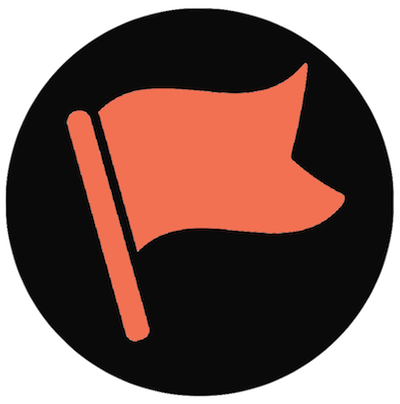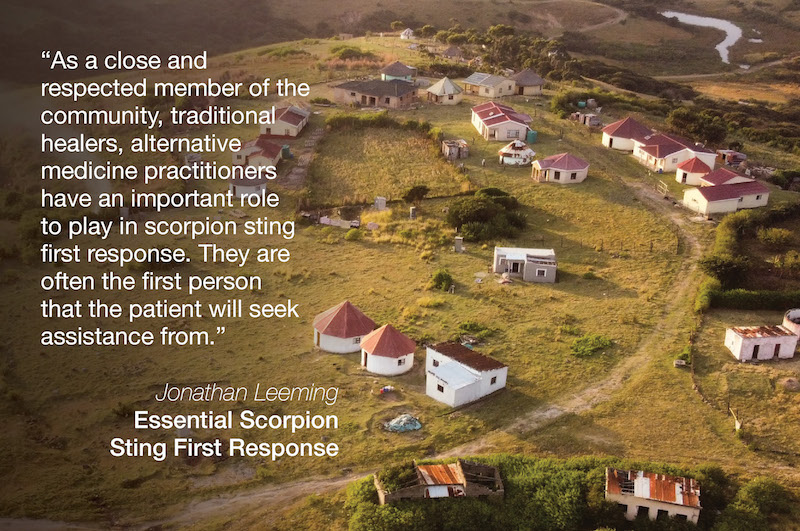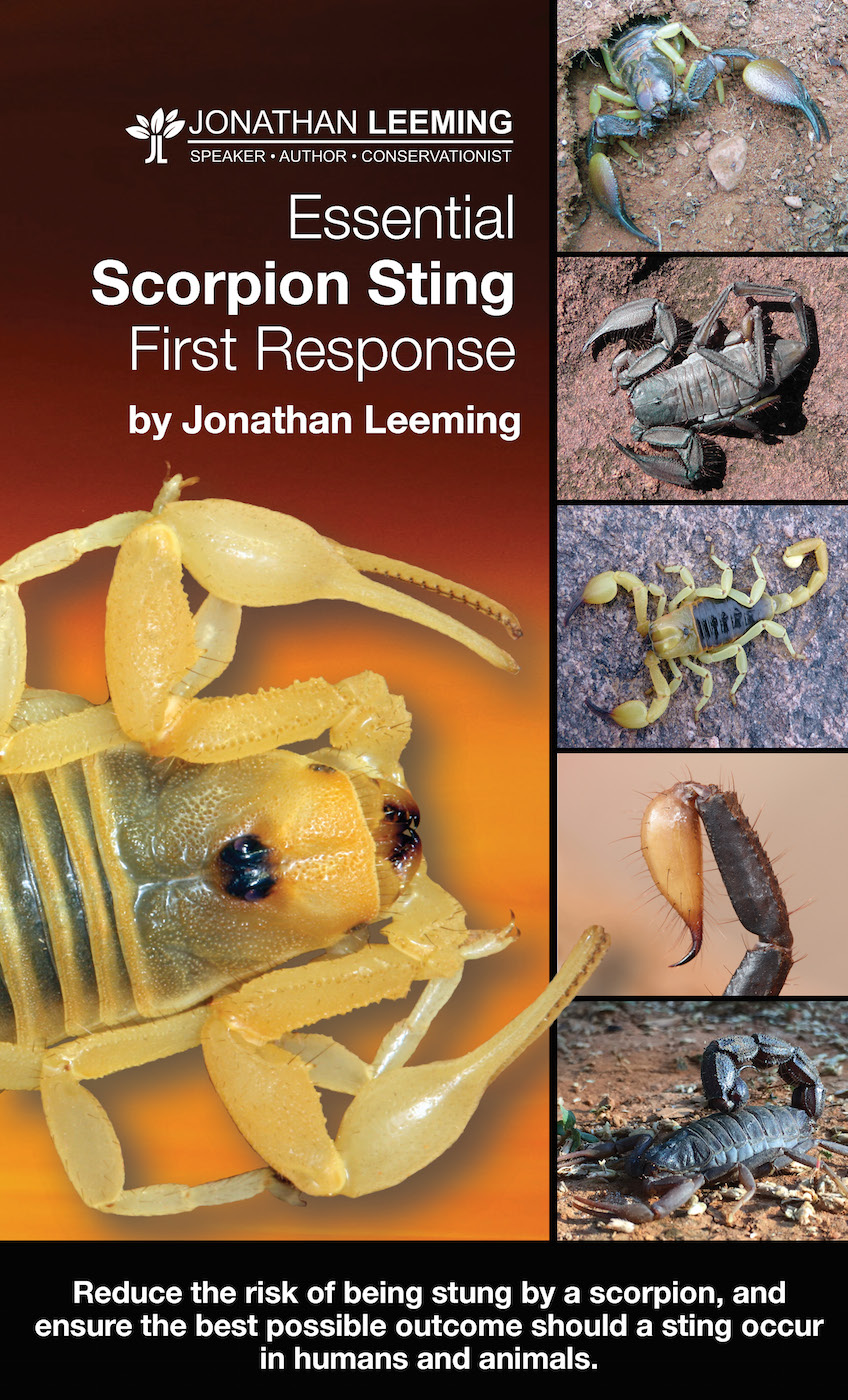First response is largely focused upon predicting symptoms before they occur and identifying symptoms (and their classes) as they occur. A decision needs to be made to do nothing because that is what needs to be done, or to transport the patient to medical assistance as soon as possible. Between these two extremes lies the answer to the question: As First responder, what should I do?
When responding to a scorpion sting event, always begin by assessing the situation in 3 ways.
Predicting the outcome of a scorpion sting can be achieved when all of the circumstances of the scorpion sting event are known. However, how can we predict or react in instances where not all of these factors are known?
Red flags are specific combinations of factors that, according to medical literature and understanding, have been proven to result in class 3 and 4 symptoms. These early factors and early symptoms are well documented tell tale factors that precede class 3 and 4 delayed symptoms. There are no red flags that indicate class 1 and 2 symptoms.

There are many home remedies that are commonly used to treat a scorpion sting. Some may have a beneficial effect, while others, however, provide no benefit or are even harmful.
The following are ineffective at best and harmful at worst when responding to class 1 or 2 symptoms.
The following are ineffective at best and harmful at worst when responding to class 3 or 4 symptoms.
Delaying proper treatment results in increased symptoms, an elongated recovery period and introduces complications. All of which could have been prevented. Sometimes, ineffective treatment itself is more harmful and a cause of concern.
There are many people who question the role of complimentary and alternative medicine in scorpion sting first response. However, as close and respected member of the community, these practitioners have an important role to play in scorpion sting first response.
They are often the first person that the patient will seek assistance from. They are available, often close at hand, well known in the community and are in a position to provide good advice to someone in need.
It is in the best interest of the patient that practitioners of complimentary and alternative medicine have the capacity to recognise the limits of their influence, be able to identify circumstances that are beyond their ability to the patient, and redirect the patient to a professional medical facility. Time to treatment is important in preventing class 3 symptoms developing into class 4.

There is no doubt that complimentary and alternative medicine practitioners have an important role to play in scorpion sting first response, however with no natural or alternative equivalent for medical science and antivenom that are so vital for effective treating class 3 or 4 symptoms, the only mode of effective treatment is from a medical professional in a medical facility.

Further details about this content can be found in the Scorpion Sting First Response Book Book references:
I'm on a mission to reduce the burden of spider bites and scorpion stings across Southern Africa!
Public Events | Books & Workbooks | Presentations | Activities |Professional Development | Shop
